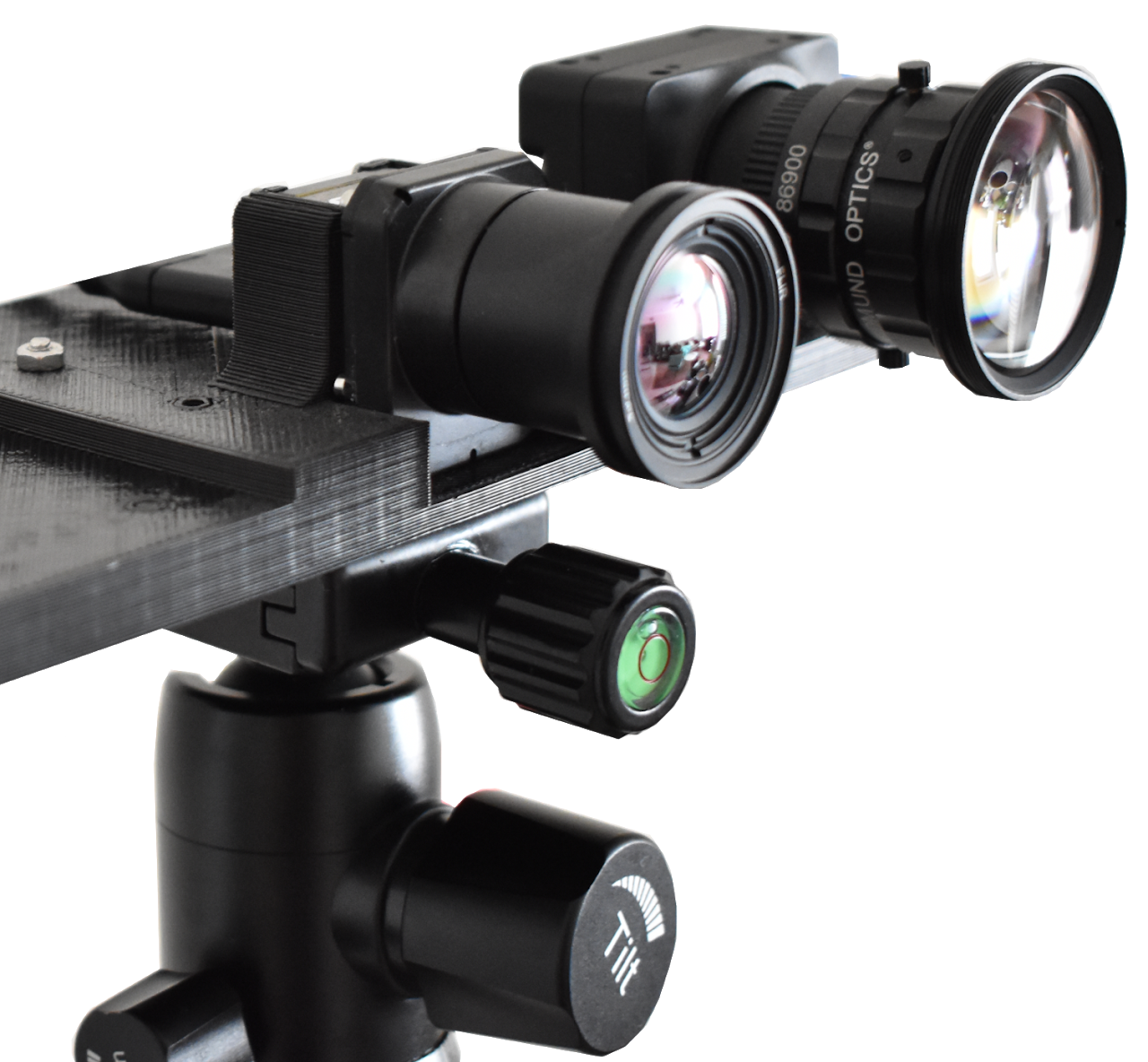Co-Principal Investigator
1 May 2019 – 30 April 2020

Long-wave Infrared and Visible Spectrum sensors
This research work proposes combining the advantages of the long-wave infrared (LWIR) and visible spectrum sensors using machine learning for vision-based detection of small unmanned air systems (sUAS). Utilizing the heightened background contrast from the LWIR sensor combined and synchronized with the relatively increased resolution of the visible spectrum sensor, a deep learning model was trained to detect the sUAS through previously difficult environments. More specifically, the approach demonstrated effective detection of multiple sUAS flying above and below the treeline, in the presence of birds and glare from the sun. With a network of these small and affordable sensors, one can accurately estimate the 3D position of the sUAS, which could then be used for elimination or further localization from more narrow sensors, like a fire-control radar (FCR).
A summary video of the system can be found here, along with videos with all predictions for the single-vehicle case and multiple-vehicle case.
The paper was presented at the 2020 SPIE Defense + Commercial Sensing Conference Digital Forum held 27 April – 8 May 2020. The paper is available at the SPIE Digital Library and the preprint version is available at arXiv

